Merito Ceramica Presents
Aesthete Alchemists
Journey through a culture of beautification
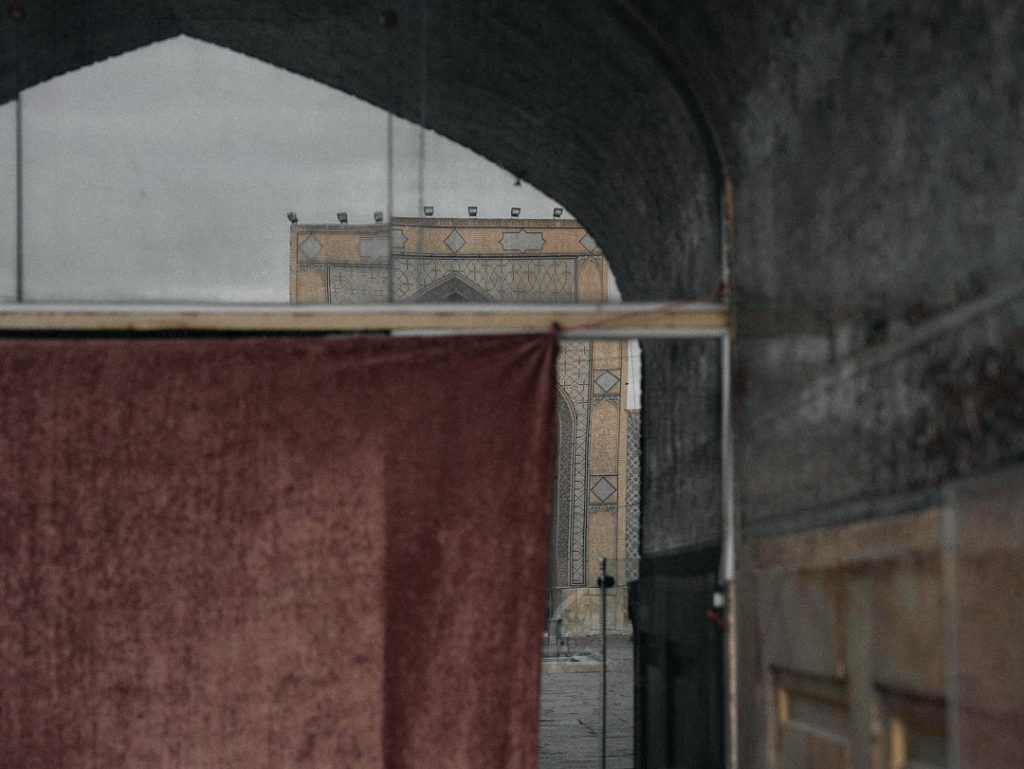
Throughout history, humanity’s quest for universal and timeless beauty has been more than evident. Everywhere, in every corner inhabited by human beings, we see the traces of our enduring obsession with aesthetic beauty. Less visible, however, have been the sacrifices our forefathers made in pursuit of such beauty. This body of work explores the interplay between people, places, and beauty in the lives of those inhabiting the region now known as Iran. A vast swath of land in West Asia, bordering the Caspian Sea to the north and the Persian Gulf and Oman Sea to the south, Iran consists of a central plateau surrounded by mountain ranges which provide access to the interior through high passes.

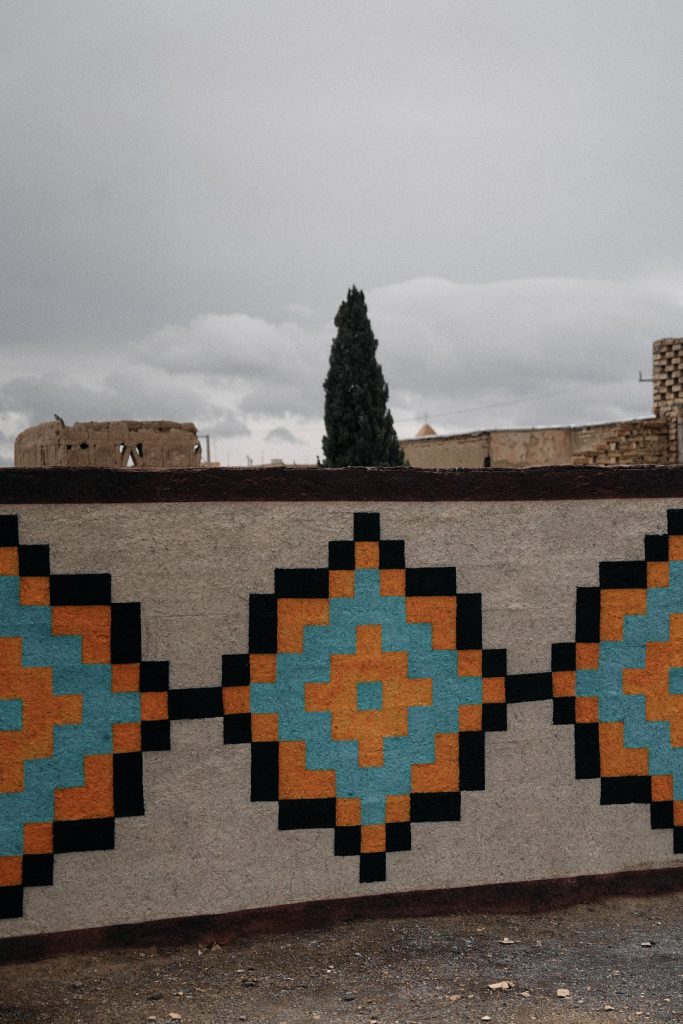
A place shapes the perceptions of its inhabitants. These perceptions foster distinctive beliefs that form the foundations of a culture. How people live is intrinsically tied to the physical characteristics of their environment. In arid or semi-arid Iran, for example, people learned to make the most of scarce resources.
Across generations, they mastered gathering the fullest yield from the limited means available. They understood that their survival hinged on maintaining balance—especially in utilizing natural resources, and cultivating mindful approaches to consumption. Through their endeavors to achieve this balance, they melded harmony with beauty.


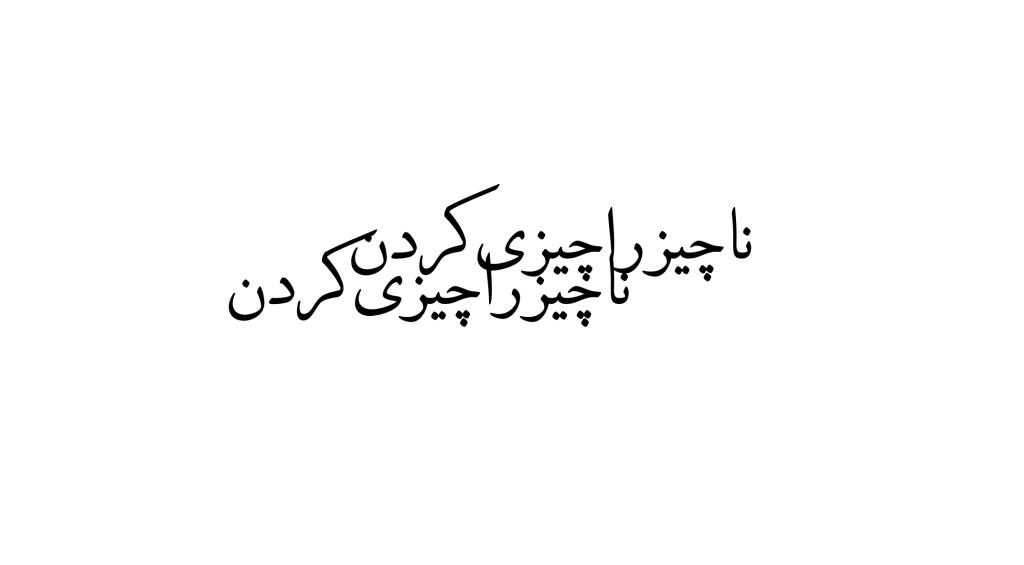
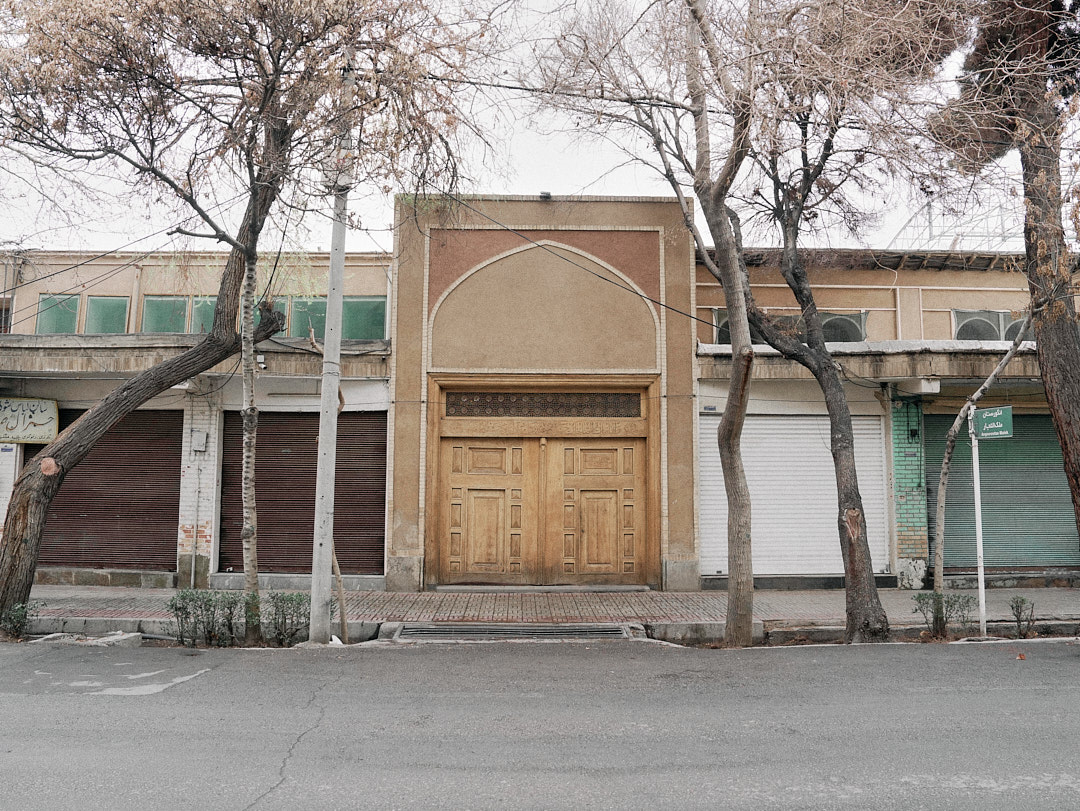
Facing a scarcity of resources, Iranians thus cultivated a unique sensibility—one that enabled them to observe their world closely, creating representations of its grandeur from the humblest elements. Transforming dust into magnificent palaces and sanctuaries, and plants into sumptuous garments, artisans crafted soul-soothing objects and spaces to elevate daily existence, in their search to transform humble materials into sources of beauty and solace. These pursuits perpetually intertwined harmony with beauty.
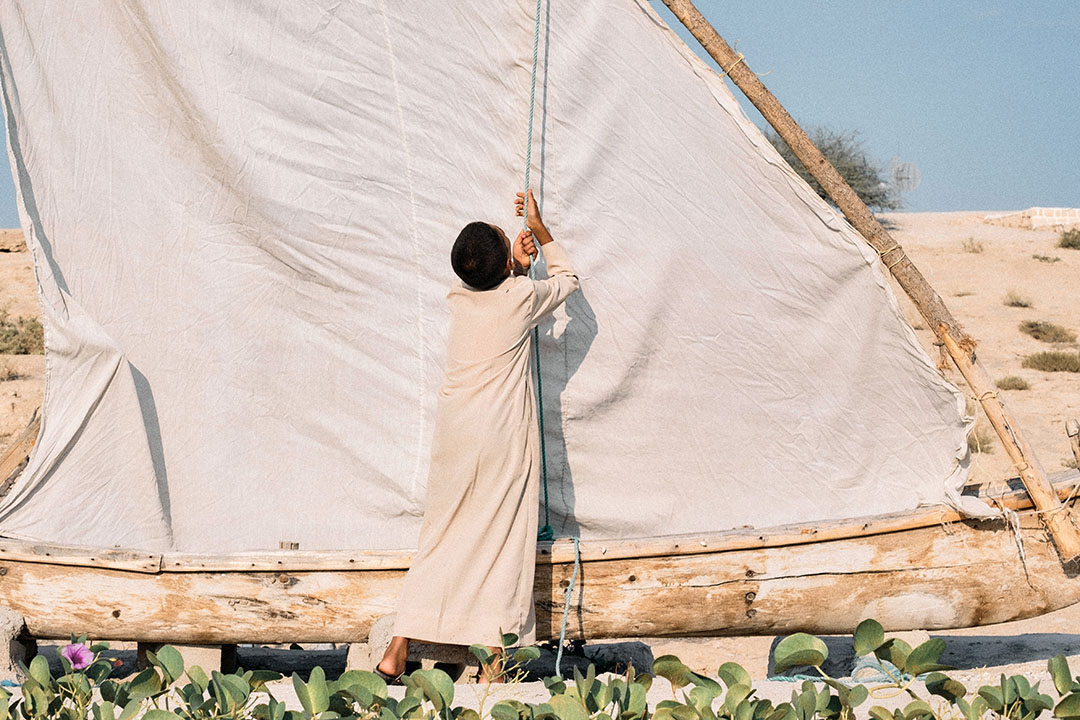

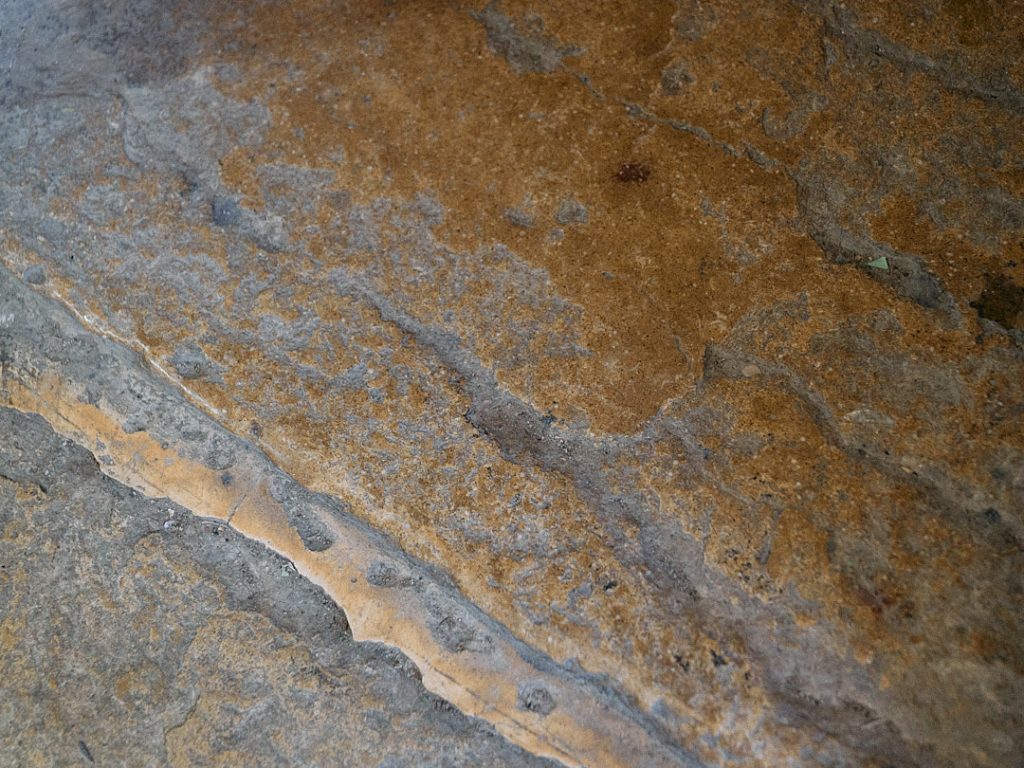
A hallmark of Iranian art was its studied rejection of the conflation of beauty with ostentation. While humble in character, Iranian art provided settings for viewers to reflect on their own innate majesty, bestowing esteem not on the artist but on ordinary beholders of the art. In the desert oasis of Yazd, for instance, fountains erupt with the gentlest whisper of moving water—not due to technological limitation, but an intentional embrace of humility over showiness. The aim was not to attract attention, but to strike a poetic balance in the interplay of water, light, and land—a tranquil murmur to soothe the soul.

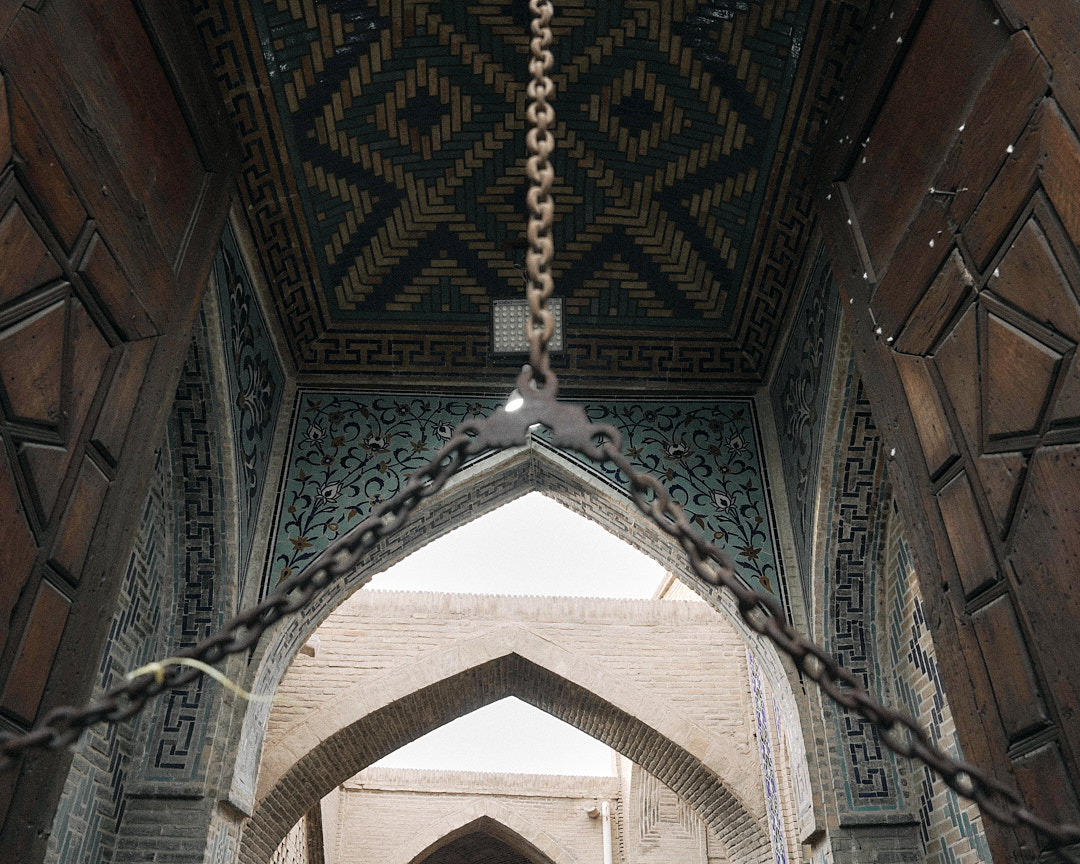
In the same spirit, Iranians compensated for restricted water access by pioneering a vast underground hydraulic engineering system, which dates back some three thousand years. Born through immense sacrifices, the qanat emerged—an ancient mechanism for accessing and storing water, developed using sophisticated engineering coupled with the extreme hardship endured by its constructors. Once the hard-earned water was secured, Iranians used it with the utmost care and sensitivity, conserving it for more than basic needs.
Qanats enabled the creation of beautiful desert-edge gardens, sometimes without edible-fruit trees, cultivated simply to provide an oasis of tranquility and beauty. Iranians’ drive was to transform all they could into something beautiful. A culture of beautification thus took root.
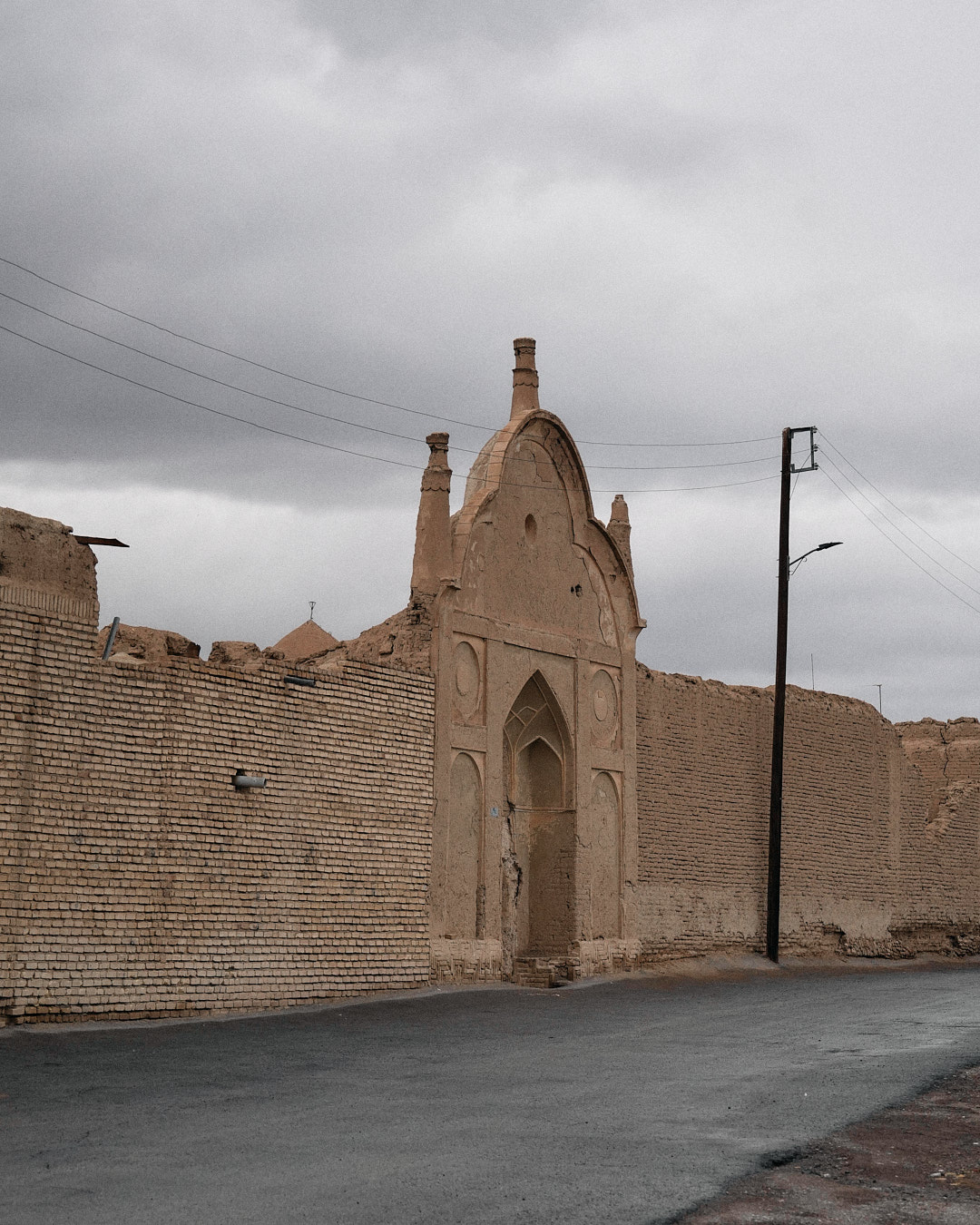
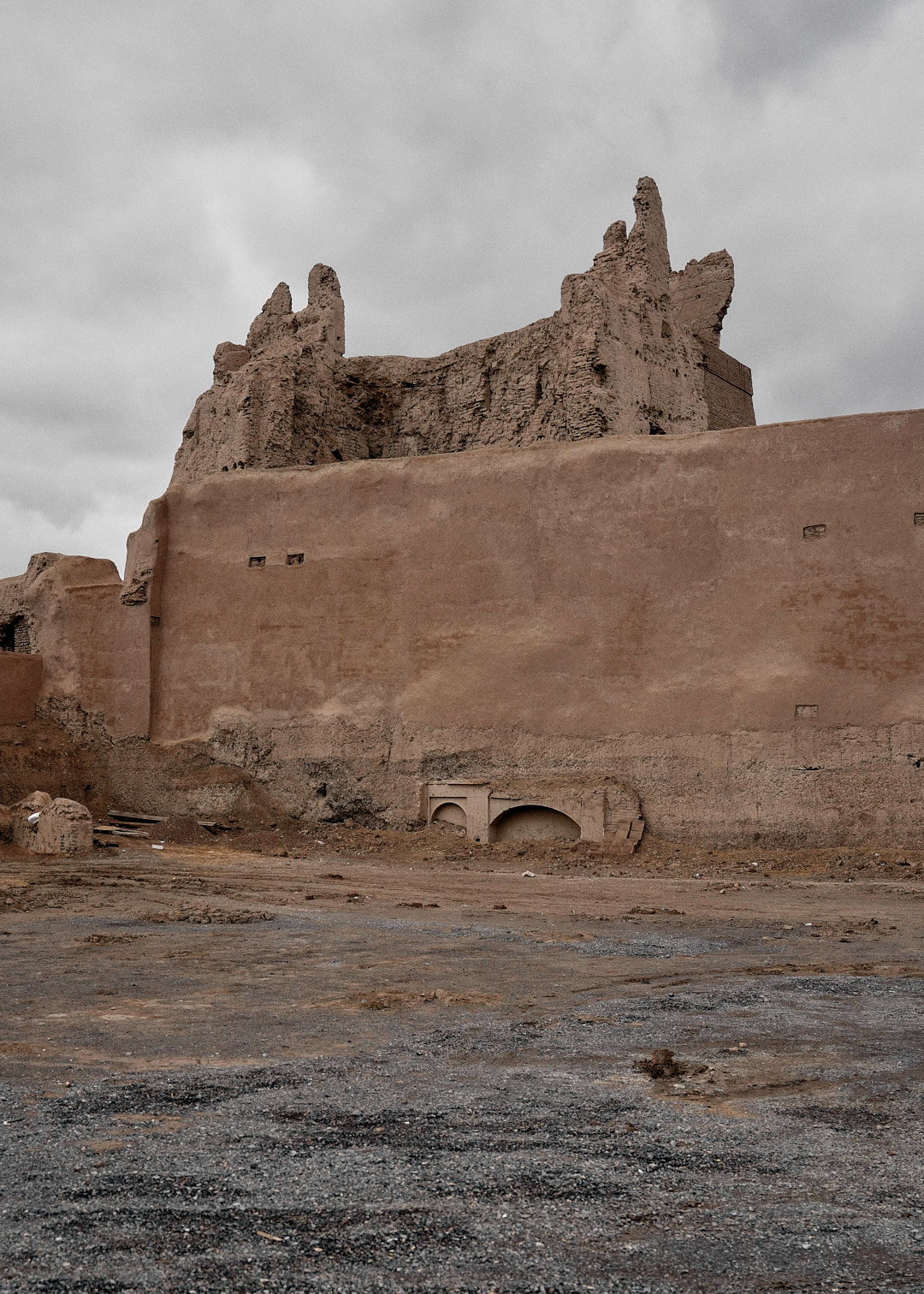

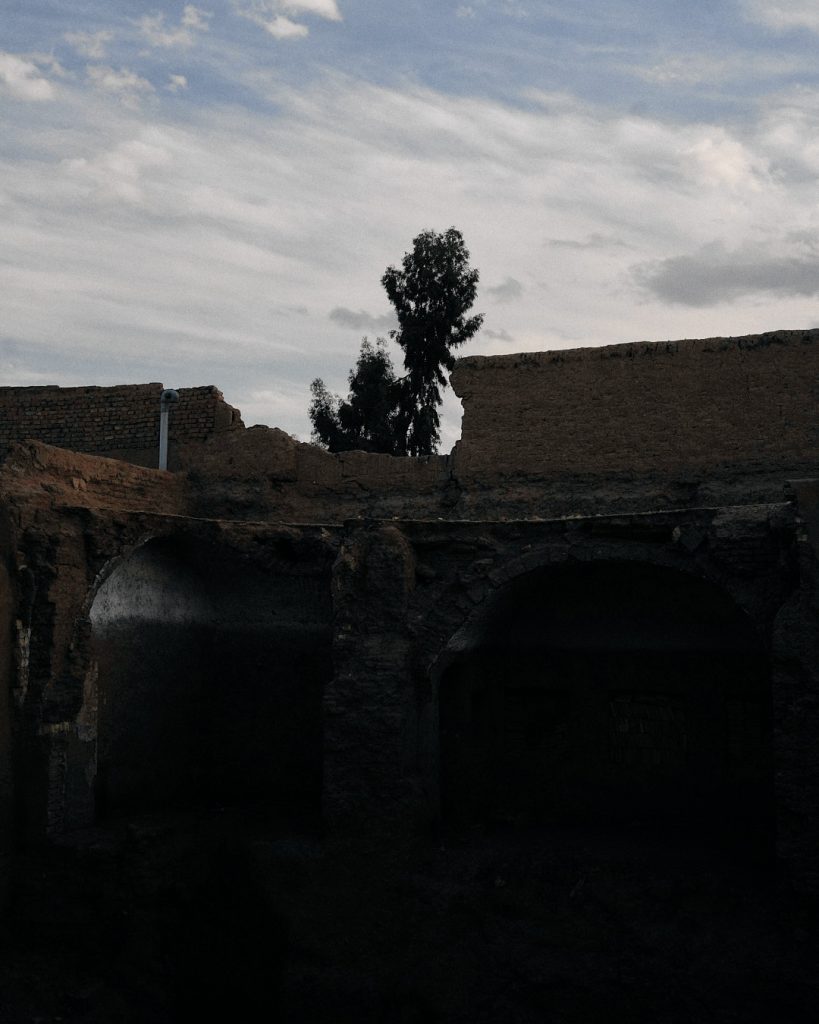

Imagination formed the beating heart of ancient Iranian culture. One might even say that Iranians began with nothing but imagination—envisioning castles guarding their cities, palaces from which to reign, fire temples for worship, and tranquil gardens. Fortunately, they did not stop at merely imagining. Through dedicated hard work, they acquired the arts and sciences necessary to translate the objects of their imagination into reality—something they achieved with a unique sensibility. Their mission was not simply to create things, but to create beautiful things.

This work is, then, an aesthetic exploration of a culture of beautification that has permeated Iranian lands from north to south, from the center to the periphery. Across the remains of ancient histories, scenes emerge that have imbued the collective memory of Iran’s people with enduring beauty. At times, these remnants interweave with the daily lives of contemporary generations. As we journey through cities and villages, we encounter traces of a fervent desire to create beautiful things, often with scarce resources at hand. We bear witness to the care with which people have strived to elevate existence into something more vivid, more profound.
Aesthete Alchemist was produced in Iran during the winter and spring two thousand and twenty four. To know more about the locations we visited, see Behind the Scenes.
Photography: Mohammad Rezaei, Negar Yaghmaian
Words: Kevan Shaffey
Special Thanks to:
Dr. Elnaz Najafi, Behnam Aboutorabian
© 2024 Merito Ceramica